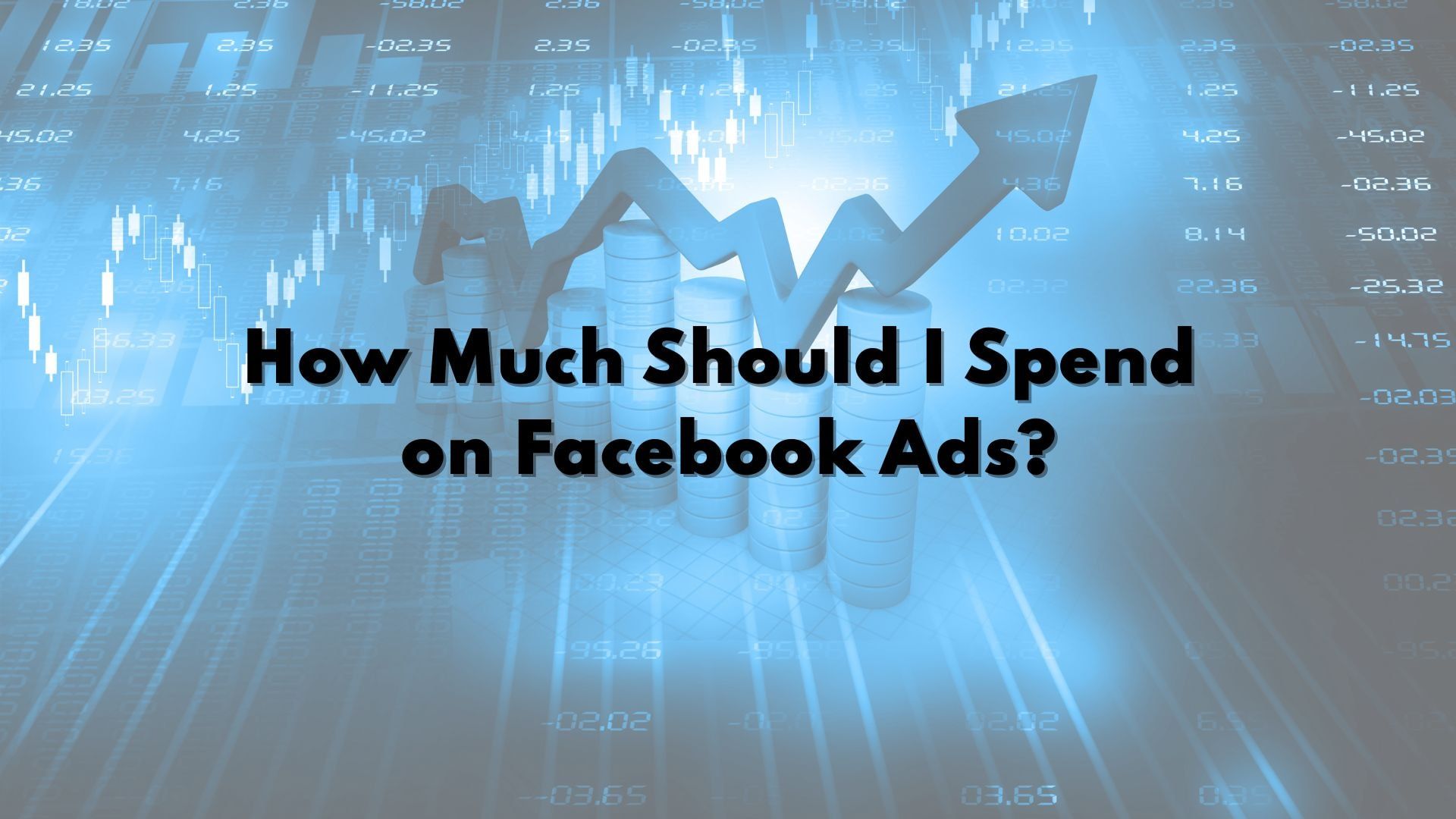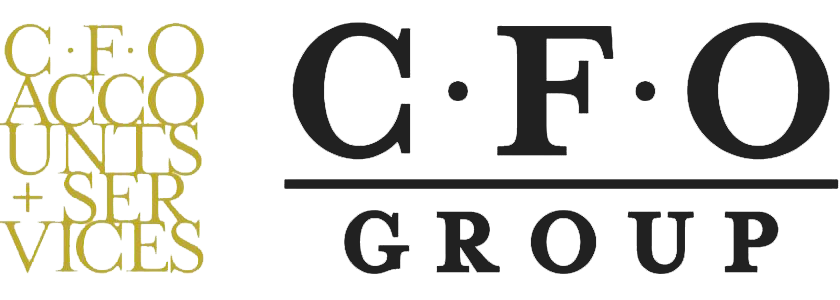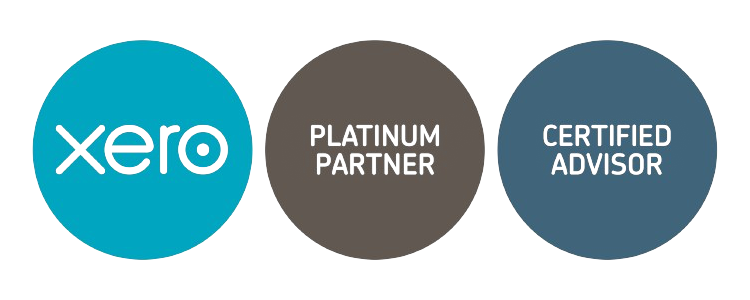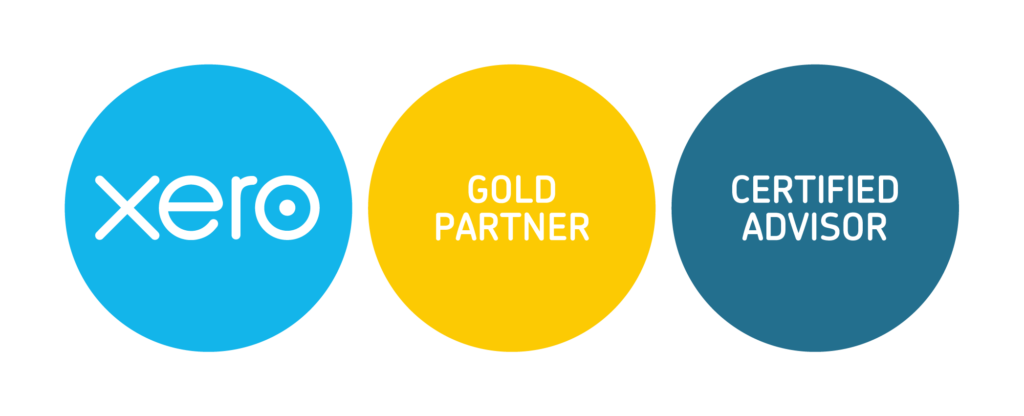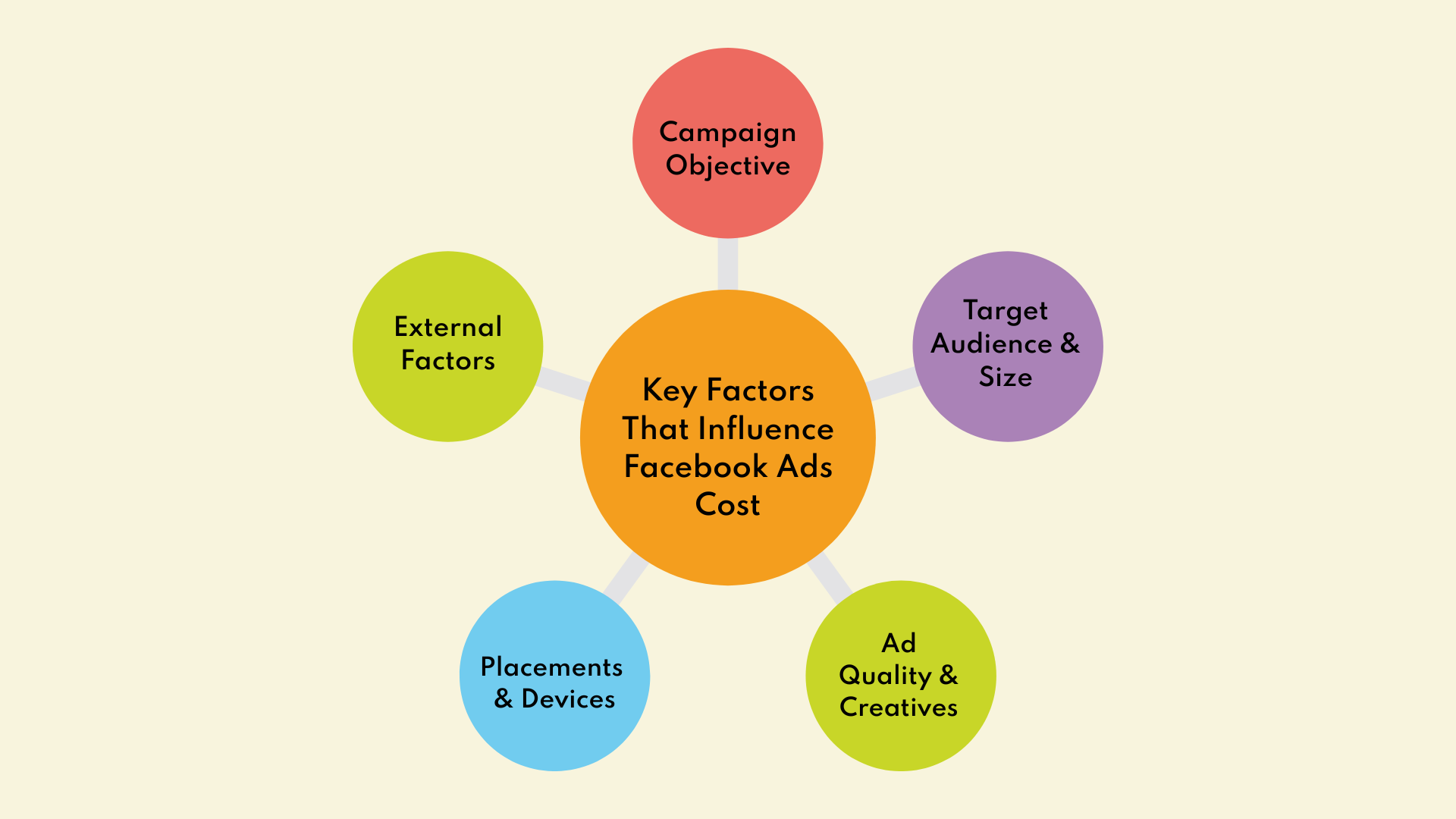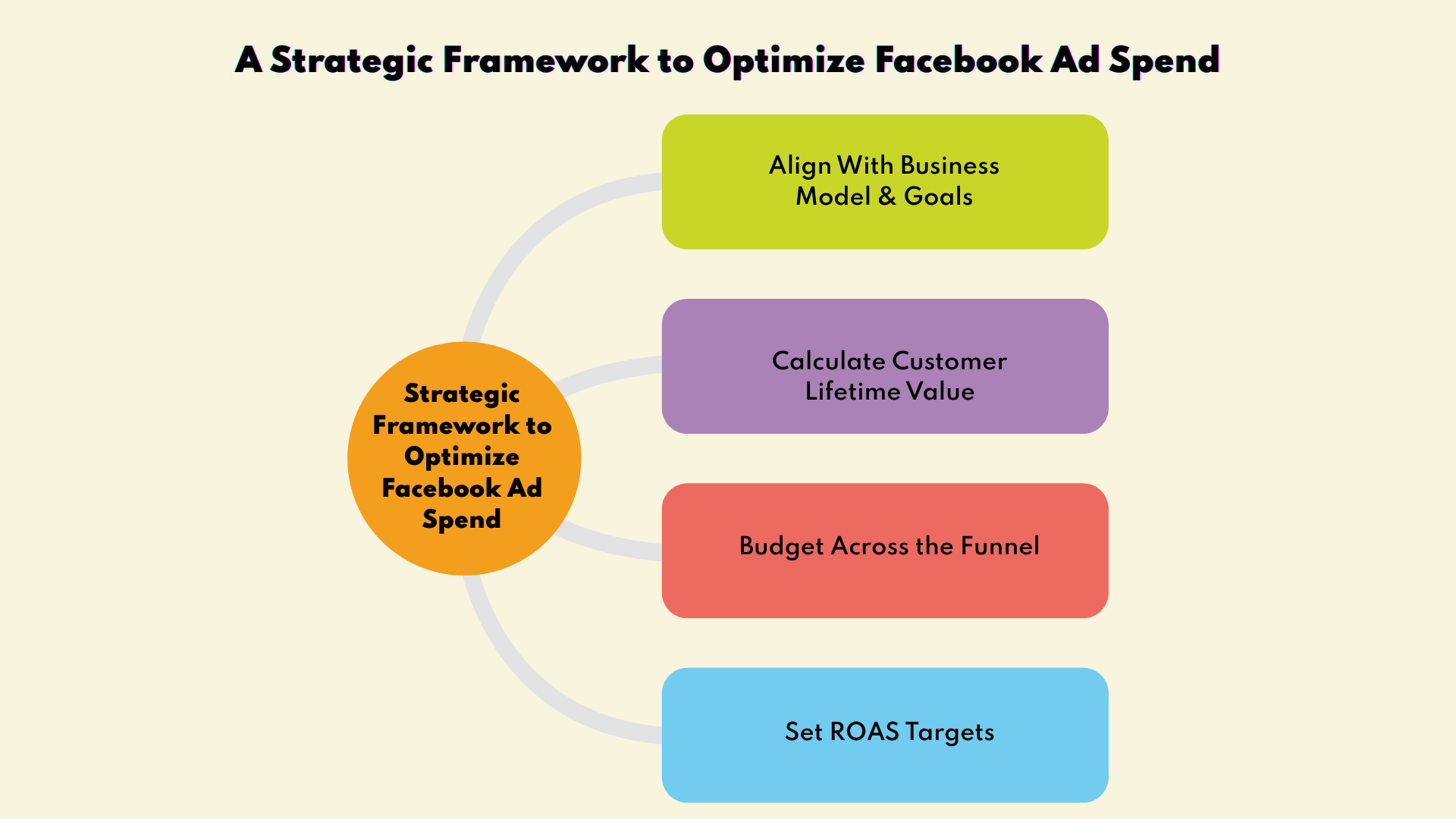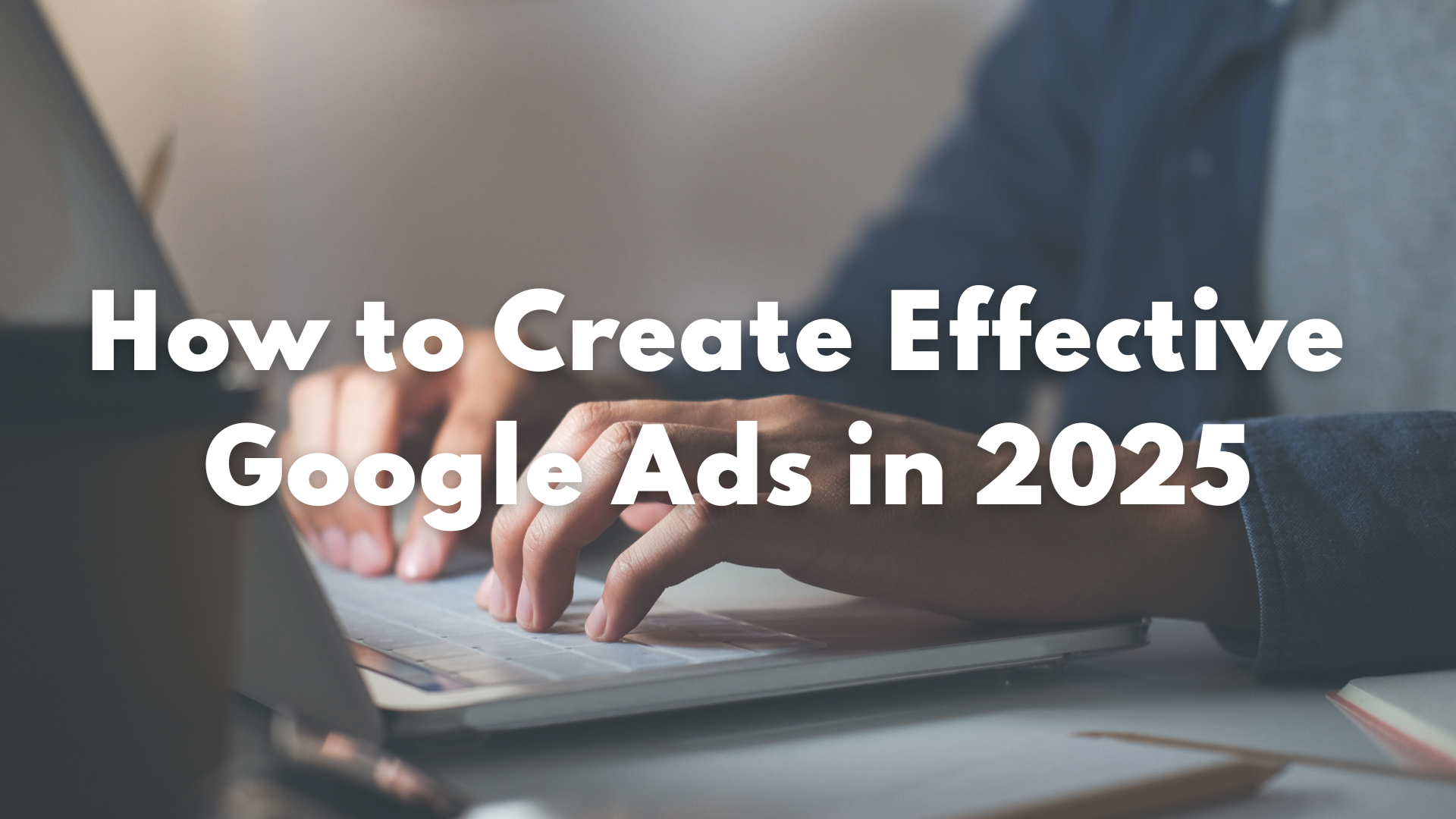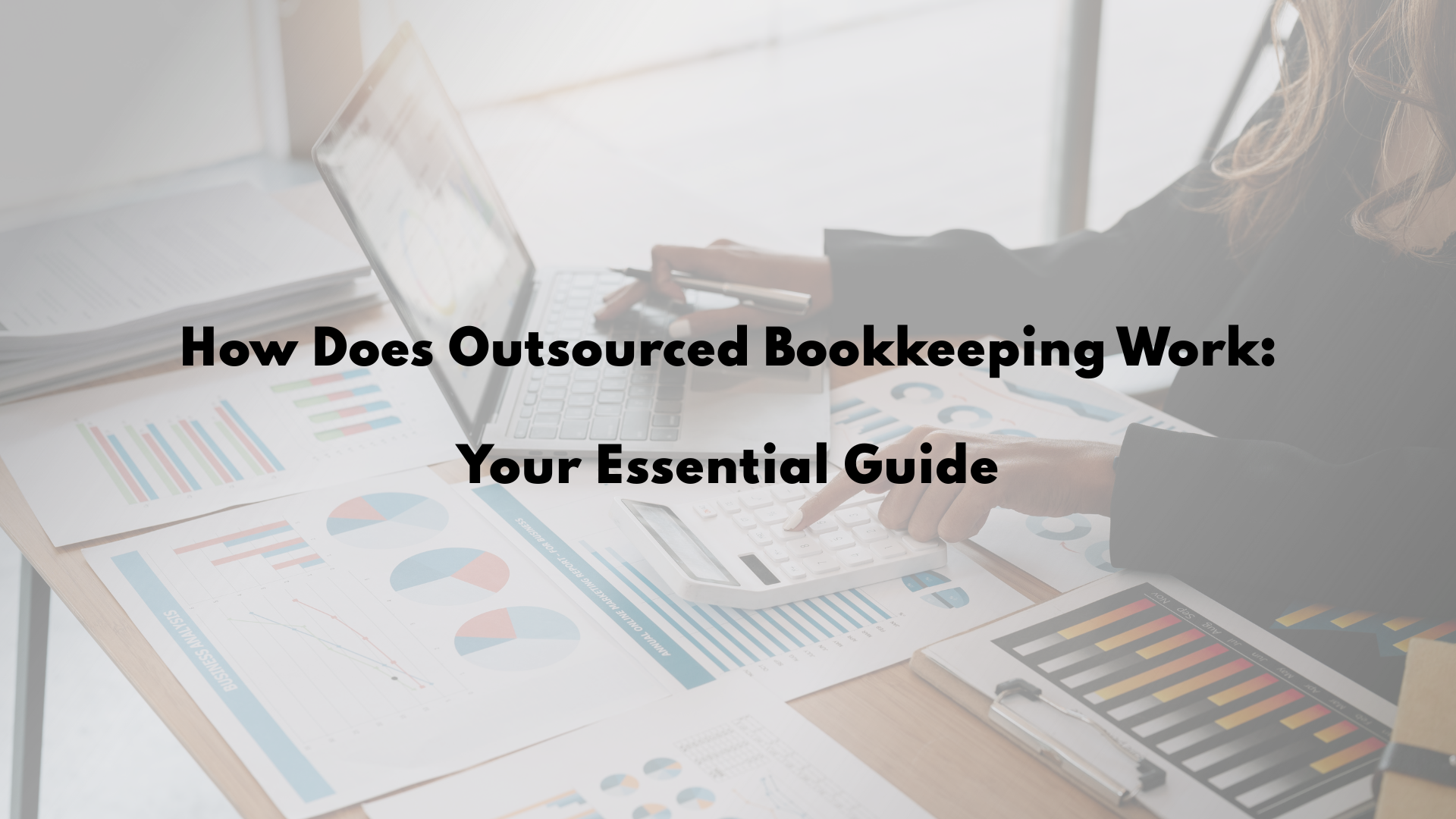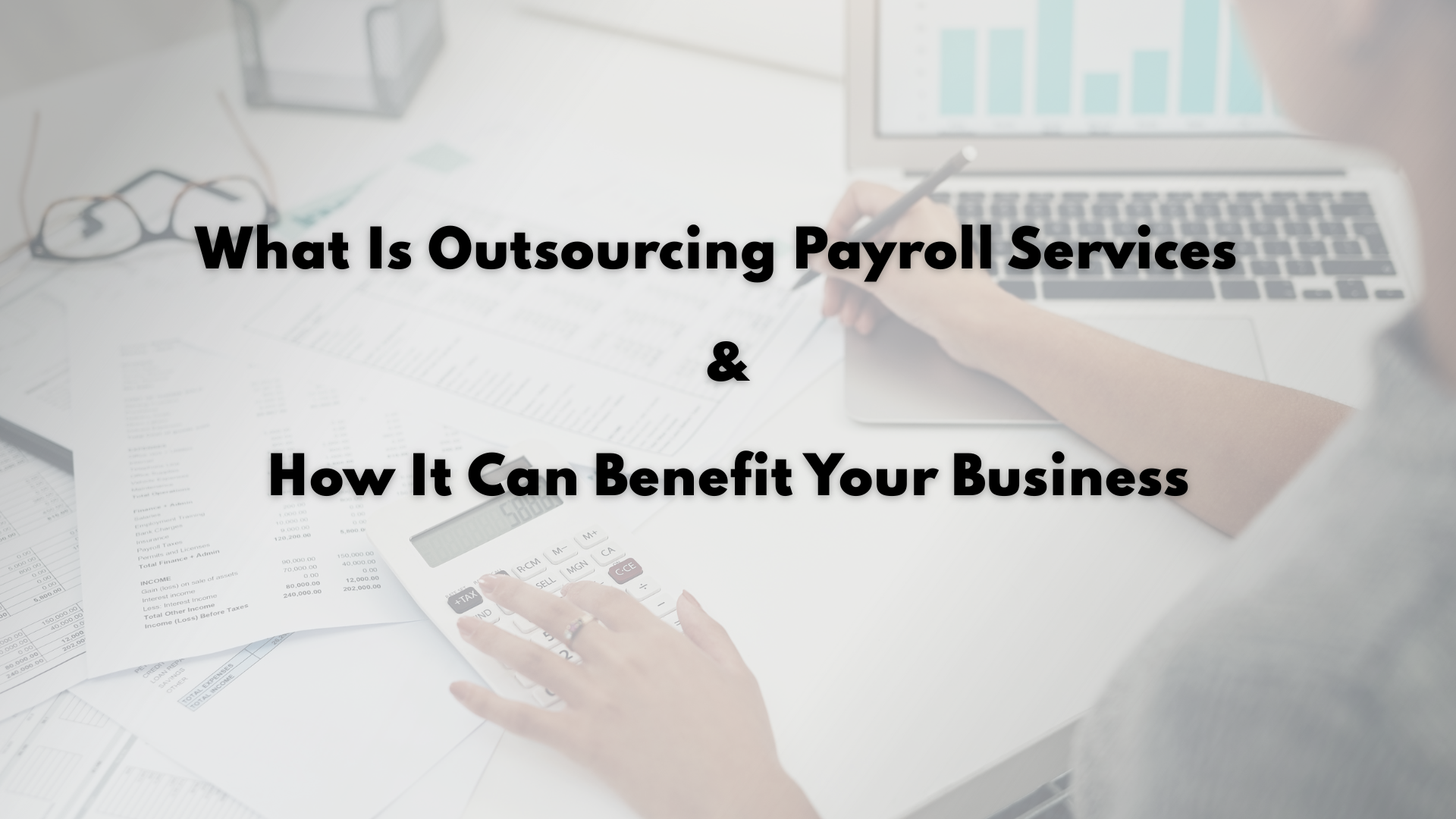CFO GROUP INTEGRATED SERVICES
How Much Should I Spend on Facebook Ads? A 2025 Guide to Budgeting & ROI
CMO Media Lab Pte Ltd • August 26, 2025
Introduction: Why Smart Facebook Ad Spend Matters for Your Business Goals
“How much should I spend on Facebook ads?” is one of the most common questions business owners ask. Facebook advertising is powerful, but without the right Facebook ad spending strategy, it’s easy to blow through your ad budget with little ROI. Spend too little, and your Facebook ad campaign won’t collect enough data. Spend too much without a plan, and you risk wasting ad spend.
With global Facebook ad costs rising due to competition, setting the perfect Facebook ad budget isn’t guesswork—it’s a calculated decision that balances business goals, target audience, and ad objectives.
The Challenge of Facebook Ad Spending: Avoiding Wasted Ad Spend
Running Facebook ads means entering an auction where your bidding strategy, ad creatives, and target audience determine results. Costs vary widely depending on campaign goals, audience size, and industry benchmarks.
Many small businesses struggle with this balance:
- A limited budget often means under-delivery.
- A small budget spread across too many ads can lead to ad fatigue.
- An inappropriate budget leads to underperforming ads.
Knowing how to allocate your campaign budget across ad sets and when to adjust based on performance data is the difference between profitable and wasted Facebook advertising efforts
Key Factors That Influence Facebook Ads Cost and Performance
1. Campaign Objective
Your ad objective drives cost. Campaigns optimized for building brand awareness or link clicks often have a lower average CPM (cost per thousand impressions) than conversion campaigns. But if your goal is sign-ups, purchases, or lead generation, expect higher ad costs.
2. Target Audience & Size
- A broader audience results in a lower cost per impression, but it also means weaker intent.
- Niche target audience yields higher costs but stronger conversion rates.
Facebook’s algorithm requires sufficient data to learn, so ensure an adequate budget is allocated per ad set.
3. Ad Quality & Creatives
High-quality ad copy and creatives that resonate with your audience will help you win auctions at a lower cost—poor creative results in underperforming ads and higher Facebook ad costs.
4. Placements & Devices
Ads placed in the Facebook feed, Instagram Stories, or Audience Network all cost differently. Mobile placements often dominate, so design ads with a mobile-first landing page.
5. External Factors
Ad spending fluctuates with seasonality (holidays, Q4), industry benchmarks, and competition. Facebook takes these variables into account when distributing your total budget.
A Strategic Framework to Optimize Facebook Ad Spend
1. Align With Business Model & Goals
Your Facebook ad budget should align with your business model and campaign objectives. Ask: Do you want potential customers to sign up, make a purchase, or engage with your Facebook page? Each requires a different appropriate budget.
2. Calculate Customer Lifetime Value
One of the most effective ways to decide how much I should spend on Facebook ads is to calculate my Customer Lifetime Value (CLV). CLV tells you the total profit a business can expect from an average customer over the course of their relationship—not just from a single purchase.
To calculate CLV, use this simple formula:
[ CLV = (Average Purchase Value × Purchase Frequency) × Customer Lifespan (in years) ]
For example, if customers typically spend $50 per order, buy 4 times per year, and stay loyal for 2.5 years, your CLV would be:
$50 × 4 × 2.5 = $500 in total customer value.
Once you know your CLV, you can confidently set your ad budget. If your average customer is worth $500 in profit, you could allow a cost per acquisition (CPA) of $100 or less while still keeping campaigns profitable. This prevents wasted ad spend, ensures your Facebook advertising strategy is tied to tangible business outcomes, and provides a benchmark for scaling.
By anchoring your Facebook ad spend to CLV, you align your ad campaign budget with actual business goals instead of guesswork. This not only helps you optimize Facebook ad spend, but also protects you from overspending on customers who may not deliver long-term value.
3. Budget Across the Funnel
- Top of Funnel (Awareness): Allocate a small share of the daily budget for reach campaigns.
- Middle of Funnel (Consideration): Allocate more budget to ad sets that drive link clicks and engagement.
- Bottom of Funnel (Conversions): Largest share of ad spending for retargeting ads and top-performing ads.
4. Set ROAS & Budget Targets
A simple way to decide your target ROAS is to tie your campaign budget directly to your revenue goals. A practical rule of thumb is to allocate 20% to 40% of the target revenue you expect from the campaign.
For example, if your goal is to generate $5,000 in revenue, you should set your Facebook ad budget between $1,000 and $2,000.
- At 20% spend ($1,000), you’d need a 5× ROAS (earning $5 for every $1 spent).
- At 40% spend ($2,000), you’d need a 2.5× ROAS to stay profitable.
This keeps your ad spending aligned with real business goals and prevents wasted ad spend. Your position in the 20–40% range depends on your profit margins, audience size, and industry benchmarks.
Practical Ways to Decide How Much You Should Spend on Facebook Ads
| Method | How It Works | Example / Key Insight | Best For |
|---|---|---|---|
| Test Budget (Great for Small Businesses) | Start with a small daily budget ($10–$50) for 1–2 weeks. Focus on gathering performance data instead of immediate profit. | Identify which ad sets and creatives perform best before scaling. | Small businesses or beginners testing Facebook ads. |
| Percentage of Revenue / Marketing Budget | Allocate 5–10% of monthly revenue or 20–30% of total marketing budget to Facebook ads. | Keeps ad spend aligned with your financial health and marketing plan. | Businesses with steady revenue want consistent budgeting. |
| Goal-Based Budgeting (Reverse Engineering) | Work backwards from desired results. Define your goal (e.g., 100 sales), then calculate required clicks and budget. | At 2% conversion rate and $1.50 CPC, you’d need $7,500 monthly budget for 100 sales. | Businesses with clear sales/lead targets and performance data. |
| Competitor & Industry Benchmarks | Study competitor ad spending and industry averages for CPC/CPA. Use only as a guide. | Competitors’ business models and top-performing ads may differ from yours. | Marketers seeking context and benchmarking insights. |
How to Implement and Manage Your Facebook Ad Campaign Budget
Daily vs. Lifetime Budget
- Daily budget: Consistent daily delivery.
- Lifetime budget: Flexible pacing, ideal for fixed campaigns.
Campaign Budget Optimization (CBO)
Facebook uses its algorithm to allocate more budget to high-performing ad sets, thereby reducing wasted ad spend.
Bidding Strategy
- Lowest cost: Facebook maximizes volume.
- Cost cap: Keeps CPA controlled.
- Bid cap: Strict control, but may limit reach.
Use the Facebook Pixel
Install the Facebook Pixel to track ad performance data, optimize targeting, and accurately measure conversion rates.
Monitoring, Scaling, and Fixing Underperforming Facebook Ads
Track These Metrics
- ROAS
- CPA (cost per acquisition)
- CTR (ad creatives' effectiveness)
- Average CPM & average CPC
- Conversion rate
When to Scale or Cut Spend
- Scale top-performing ads by increasing the daily budget gradually.
- Pause or fix underperforming ads with low CTR or poor ROAS.
- Reallocate a larger budget to high-performing ad sets and reduce wasted ad spend.
Real-World Facebook Ad Spending Ranges for Small Businesses and Beyond
| Business Type | Initial Daily Budget (Per Campaign) | Campaign Budget Range (Monthly) | Notes |
|---|---|---|---|
| Small businesses | $10–$20/day | $300–$600 per campaign | Ideal for testing 1 campaign, collecting data before scaling |
| Growth stage | $20–$50/day per campaign | $600–$1,500+ per campaign | Run campaigns with multiple ad sets, retarget warm audiences |
| Established brands | $50–$100+/day per campaign | $1,500–$3,000+ per campaign (scales to $50k+) | Aggressive scaling across several campaigns with larger audiences |
Conclusion: How Much Should I Spend on Facebook Ads to Grow Profitably?
So, how much should I spend on Facebook? The truth: your Facebook ad spend depends on your business goals, ad objectives, and how well your ad creatives connect with your target audience. Begin with an initial budget, gather performance data, and then optimize and scale.
Do Facebook ads work? Absolutely—when you run ads with a clear Facebook advertising strategy, an appropriate budget, and a commitment to continuous testing. With the right approach, your Facebook ad spending strategy transforms from a cost into a growth engine.
CMO Media Lab: Your Strategic Partner for Facebook Ads That Drive Results, Not Just Clicks
At CMO Media Lab, we don’t just run ads—we engineer Facebook advertising strategies that eliminate wasted spend and drive measurable growth. Our team specializes in building campaigns with the proper ad budget, compelling ad creatives, and precise target audience targeting to maximize ROI. From crafting high-performing ad sets to scaling top-performing ads with data-driven optimization, we help businesses transform their Facebook ad spend into a predictable pipeline of leads, sales, and loyal customers. If you’re ready to stop guessing and start growing, CMO Media Lab is the agency that makes Facebook ads work for you.
